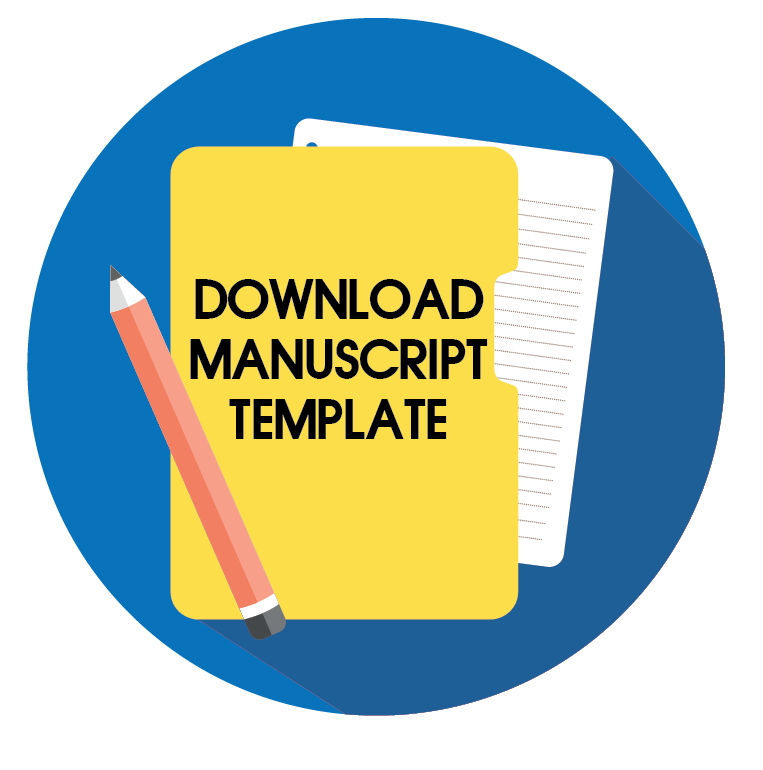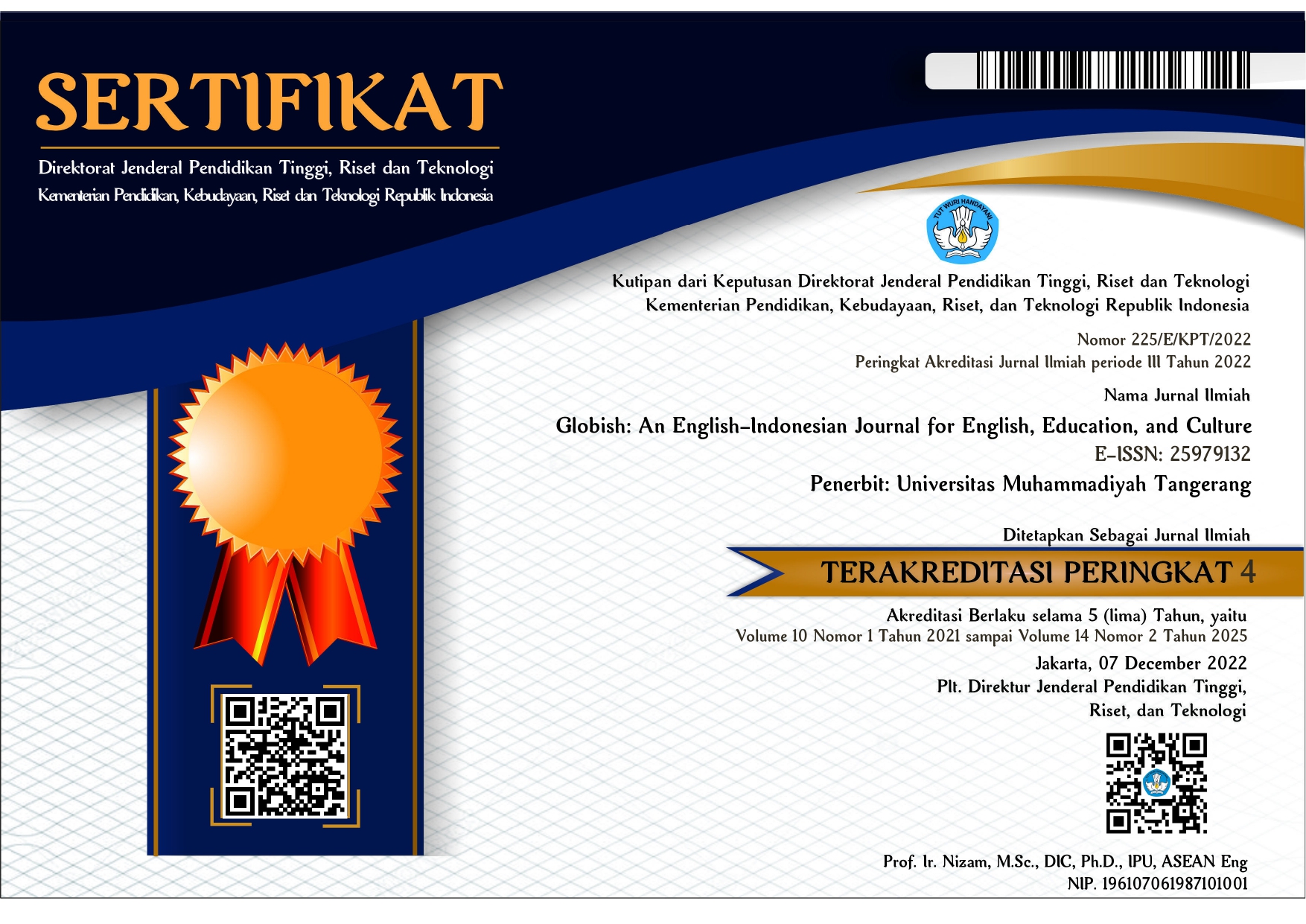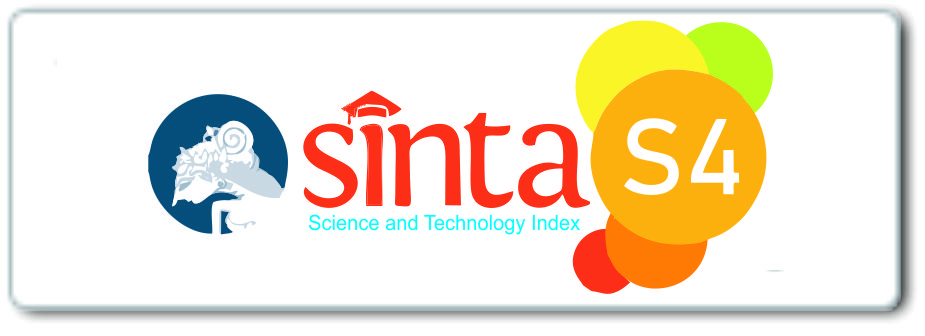COMMUNITY LANGUAGE LEARNING METHOD TO DEVELOP STUDENTS CRITICAL THINKING IN WRITING SKILL
Abstract
ABSTRACT
As foreign language, English is not easy to learn by the students. One of the basic skills in English is writing activity. For the students, writing activiy is difficult to try. Naturally, they feel confused on the rule, like: grammar, vocabulary, pronunciation, and fluency. Some of the students are afraid to expressing their ideas, opinion and argument. This phenomenon makes many students have low scores in writing class. The English teachers state the most of the students complain that they do not understand how to useEnglish correctly. They say that learning English is confusing activity. It is caused by the teaching technique which is applied by them. The English teacher still implements the direct method, which places the teacher as a center of the class, while the students are less active. The teacher also not makes a good interaction with the students in teaching writing process.In teaching english as forein language in indonesia, teachers can use lot of teaching methodology. Those teaching methodology can help the students to learn english especially in writing. One of the methodology is Community Language Learning. Students can express their opinion and argument, when they have some place and time to share their argument to their classmate. Not only that, by using Community Language Learning the students can sharing each other, valuing each other,lowering the defense that prevent interpersonal interaction, reducing anxiety, and constituting a supportive community.After compiling the discussion, can be concluded that, using Community Language Learning in teaching writing for the first semester of Budhi Dharma University proven well. In using this metholodogy, the writing students can be able to write critically, correctly and brave to express their feeling. CLL is valuable method for teaching writing in the first semester.
Keywords: Community Language Learning, Critical Thinking, Writing Skill
Full Text:
PDFReferences
Arikunto, S, (2006). ProsedurPenelitian, SuatuPendekatanPraktik. Jakarta:PTRinekaCipta.
Brown,H.D, (2000). Teaching By Principles an Interactive Approach to Language Pendagogy, Second Edition.Longman
--------------, (2004). Language Assessment: Principle and Classroom Practice. New York:Longman.com.
Comfort, Jeremy, Rod Revell, Ian Simpson, Trish Stott, and Derek Utley. 1994. English for the Telecommunications Industry. Oxford: Oxford University Press.
Diane, L.F. (1986). Techniques and Principles in Language Teaching. New York: Oxford University Press.
Moore, B.N. and Parker, R(2009) Critical Thinking 9th Edition. New York: McGraw Hill
Prabhu, N.S. (1987). Second Language Pedagogy. Oxford: Oxford University Press.
Reilly, T. (1988).Approaches to Foreign Language Syllabus Design. Washington DC: ERIC Clearinghouse on Languages and Linguistics.
Richards, J, C. and Rodgers, T, S. (2001). Approaches and Methods in Language Teaching. Cambridge: Cambridge University Press.
------------------ and David Bycina. (1985). Person to Person. Oxford University Press.
LinguaLinks Library. 1999. How to design language syllabus. SIL International.
Oshima, A and Hogue, A. (1983). Writing Academic English. Reading, Massachusetts: Addison-Wesley Publishing Company.
DOI: http://dx.doi.org/10.31000/globish.v6i2.667
Article Metrics
Abstract - 1684 PDF - 2359Refbacks
- There are currently no refbacks.
Globish
Program Studi Pendidikan Bahasa Inggris
Fakultas Keguruan dan Ilmu Pendidikan
Universitas Muhammadiyah Tangerang
Jl. Perintis Kemerdekaan I/33, Cikokol
Kota Tangerang, Indonesia
e-mail: globish_journal@umt.ac.id
Globish (p-ISSN: 2301-9913 | e-ISSN: 2301-9913) is licensed under a Creative Commons Attribution-ShareAlike 4.0 International License.









